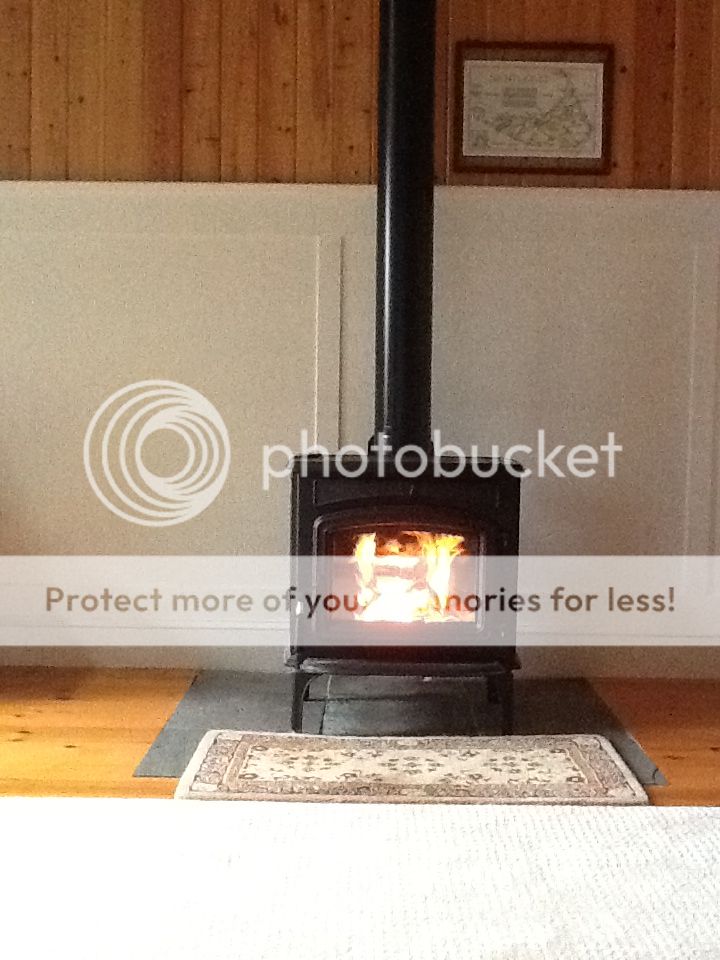Well yes and no . . . the air control does help control the heat to some degree . . . but not in the way that most folks tend to think. With the old pre-EPA stoves like my old Shenandoah folks tended to open up the air and the fire would get big and more heat would be produced . . . and then at night folks would cut back on the air and the fire would throttle down.
However, you really cannot do that with the EPA stoves since in many ways it has the opposite effect . . . I mean to say that yes, the air is reduced, but due to the construction of these stoves the unburned smoke is routed around and then ignites resulting in the secondary burn . . . which in turn results in what would have been loss "fuel" and "heat" normally escaping up the chimney through the drafting effect being burned. It is a weird concept to go from pre-EPA stoves and EPA stoves . . . but once mastered most folks love the added heat and reduced wood usage.
Sadly a lot of the manuals do not truly explain how to really run the stoves . . . which results in folks getting ticked off because they end up with a stove oftentimes that seems to result in less heat, more burned wood, etc.
I should also mention that while the air control helps control the heat, what you put in the firebox and how often you fill up the firebox also matters. Higher BTU wood vs. lower BTU wood . . . a firebox loaded to the gills vs. a partial load . . . loose stacked, small splits vs. tightly packed larger wood. Depending on what I am trying to achieve (a quick fire to take the chill out of the air, a long burn, etc.) I will vary what I load and how I load the stove to control the heat.
For example, in early Fall when I only need to take the chill out of the air I may do a small load of softwood or some loosely stacked punks and chunks and uglies and not reload . . . I let the stove do its secondary thing, the metal heats up and then the hot stove will radiate heat for quite some time . . . which is fine when the temps outside heat up. This time of year however, I may be using my "good" wood and loading up the firebox for long, hot fires. It takes time to learn how often to reload and what to load and how much to load, but after awhile you can get pretty good at figuring out what you need to do for your heat needs -- it will never be as easy as dialing up a thermostat and sometimes I goof and end up sweltering . . . much in the long run there is a lot of satisfaction when you are able to do it and get it right.
Good luck . .. and keep with it . . . and let us know if things improve .. . or get worse. Lots of helpful folks are here.


